wi safety seat laws
Children who are at least one year of age and weigh more than 20 pounds must ride in a. Proper use Car seat recommendations for children Car seat instructional video Training Resources Child safety restraint systems Section 34748 Wisconsin Statutes.
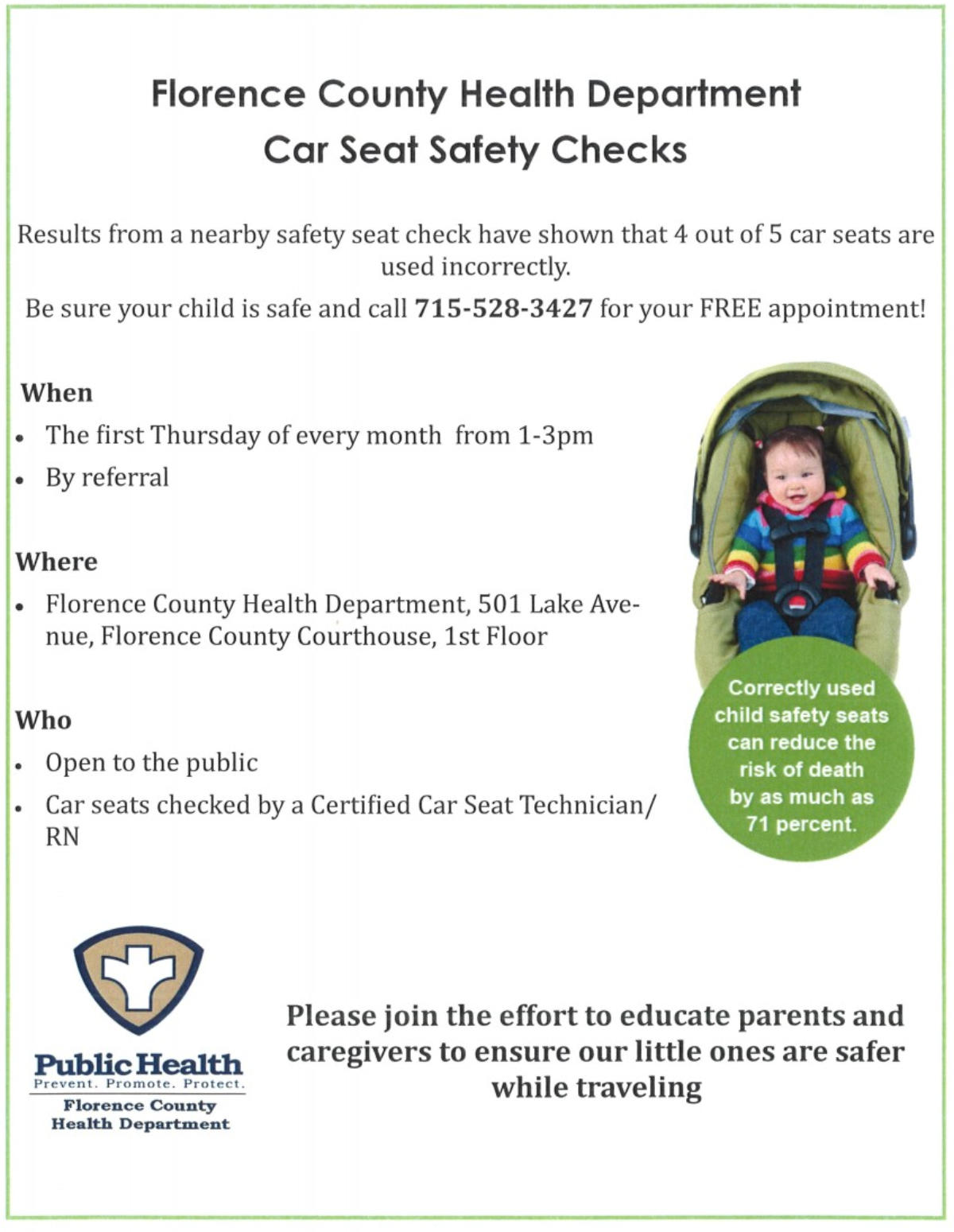
Car Seat Safety From The Florence County Health Department
Or under must ride in vehicles while safely secured in a federally consented child seat.

. All children who are four years old or younger and weigh up to 40lbs must be restrained in a car seat. According to Wisconsin car seat laws any child under the age of two should be in a rear-facing seat. In Wisconsin the law declares that children under the age of two need to be restrained in.
Restrictions as to painting of other vehicles. Keep children rear facing as long as they are within the height and weight requirements for the car seat. Children should ride in a rear-facing car seat until at least the age of 2.
As we stated earlier booster. 347445 Crossing gates for school buses. Babies less than one year old or 20 lbs in weight must be in a rear-facing child seat in the back seat.
Children must be in a car seat until they reach age 4 and 40 pounds and in a booster seat until they reach age 8 more. Wisconsin law is very clear about safety requirements for kids. Seat Belt Laws Wisconsin law requires all passengers to restrain themselves with a safety belt.
Kids under 8 years old must be seated in federally approved safety seats or boosters until they reach over 80 lbs in weight or are taller than 4 ft 9 in. Wisconsin child passenger safety Type of seat Wisconsin law Safest practice Children must ride in a rear-facing car seat until they are 1 year old and weigh 20 pounds. Wisconsin Rear-facing Car Seat Laws According to the law all kids under the age of 1 and weighing less than 20 pounds have to be secured with a rear-facing car seat.
WI car seat law requires that children ride in a harnessed car seat until at least age 4 and 40 pounds. When Children Can Sit in the Front Seat of a Car Generally kids who are in rear- or forward-facing child safety seats should be seated in the back seat of the vehicle unless the vehicle doesnt have back seats. Note that kids must meet both the age and weight.
34746 Fenders and mudguards. Under 1 year or under 20 pounds in rear-facing car seat 1-3 years or less than 40 pounds in forward-facing child safety seat 4-7 years or 40-80 pounds and under 57 inches tall in booster seat What is the maximum fine for a first car seat violation. Breaking the children seatbelt law is a much more serious violation than.
The penalty for violating the child passenger law involving a child under the age of 4 is not less than 30 or more than 75. Rule 3 in section 34748 4 part as in the Wisconsin law statement requires a child to use a forward-facing car seat or booster seat if he or she is. Though the law states two years old the American Academy of Pediatrics AAP advises keeping children in rear-facing seats as long as they will fit.
Requirements before transitioning to a booster seat. The Wisconsin Department of Transportation offers education training and other resources on child passenger safety for the general public health and law enforcement agencies. However experts recommend keeping kids in rear-facing mode until the age of 2 because rear-facing is the safest ride.
347447 Additional safety mirrors on school buses. Once the child outgrows the booster seat they should be able to sit in a vehicle seat with a seat belt adequately placed. 347455 Modifications to height of vehicle.
Tomah Police Department K9 Golf Outing. Must be in a rear-facing child seat in the back. 3474551 1 Except as further provided in this section no person may operate any vehicle on a highway if modifications have been made to the suspension system axles or chassis of the vehicle which cause any portion of the vehicle to ride more than 4 inches above the height of the vehicle specified by the manufacturer.
However there are also specific regulations for each age group and size including the following. Less than 1 year old or less than 20 lbs. Wisconsin law generally allows children who are at least eight years old to ride in a vehicle with a normal seat belt.
What Are Wisconsin Car Seat Laws. Wisconsin law provides for a fine of 10 and no points are assigned against a persons driver record. For a violation of Wisconsins child safety restraint systems law involving a child under between four and eight years old you may be fined 15010 for a first offense 20050 for a second offense and 263.
Wisconsin Child Seat Belt Laws The Wisconsin State legislature states A safety seat belt shall properly restrain each person at least 8 years old sitting in the front seat or other seating position. Car seat laws in Wisconsin are simple and easy to follow children under 1 and 20 pounds of weight shall use a rear-facing seat children over 3-4 shall sit in a front-facing seat and children over 80 pounds around 8-10 shall use a booster seat. For a violation of Wisconsins child safety restraint systems law involving a child under four years old you may be fined 17530.
The law exempts persons who may have a physical or medical condition that may not allow the proper use of a seat belt. Convertible car seats allow parents to switch between front-facing and rear-facing modes for. Babies younger than one year old or infants that weigh less than 20 pounds must ride in a rear-facing seat.
Children who are under 4 years old or under 40 pounds must be in a car seat in the back seat. Car Seat Law 1. Less than 1 year old or less than 20.
The children seatbelt law in Wisconsin states that. Child Car Seat Laws Kids 4 years old or younger and weighing 40 lbs. Wisconsin Booster Seat Law Wisconsin requires children to ride in a car seat or booster seat until they reach 49 or 8 years old or 80 pounds.
Wisconsin Child Safety Seat Laws. The Wisconsin law states that children need to be secured in forward-faced seats until they turn. The height of the vehicle shall be measured from the.
17530 if passenger under 4 years 15010 if passenger 4-7 years. Infants and toddlers need to remain in a secure car seat until they reach age four. The rear-facing car seat has to be installed in the back seat.
34744 Painting requirements for school buses. Children should be able to sit in the vehicle seat without slouching. Those subject to the penalty include drivers drivers with unrestrained passengers 4 to 16 years old and passengers at least 16 years old.
All eight-year-olds who weigh more than 80lbs and are taller than four foot nine must be restrained in a booster seat. 4 years or older but less than 8 years of age weighing at least 40 pounds but not more than 80 pounds 57 inches or shorter.
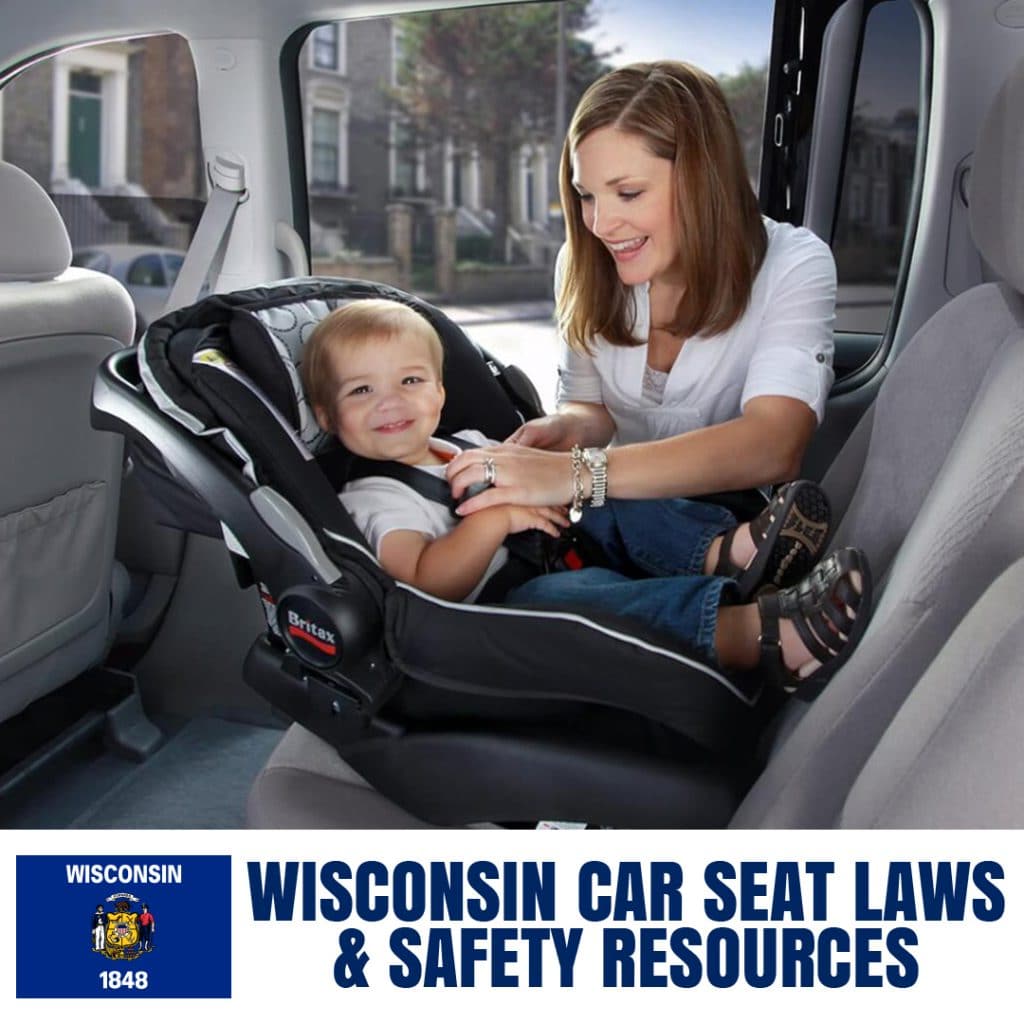
Wisconsin Car Seat Laws 2022 Current Laws Safety Resources For Parents Safe Convertible Car Seats
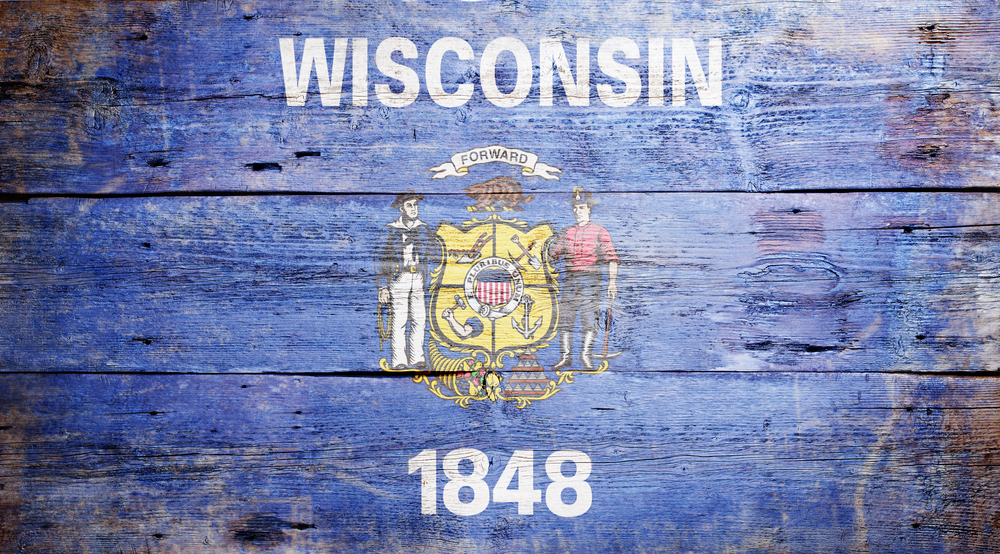
Wisconsin Car Seat Laws You Need To Know 2021 Travel Car Seat Mom

Car Seat Stages Store 60 Off Www Ingeniovirtual Com
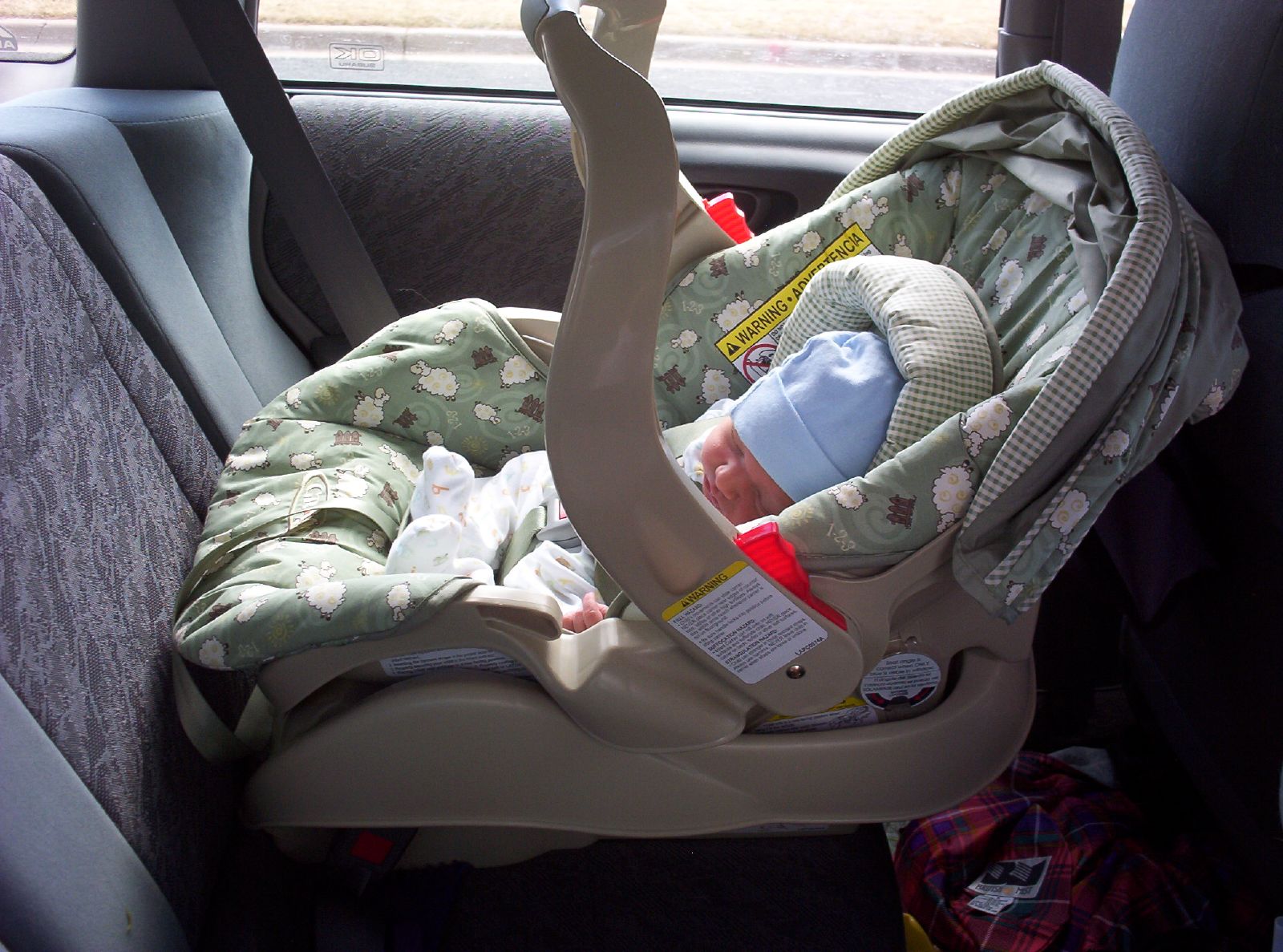
Car Seat Bill Would Change Safety Requirements For Infants Toddlers Wisconsin Public Radio
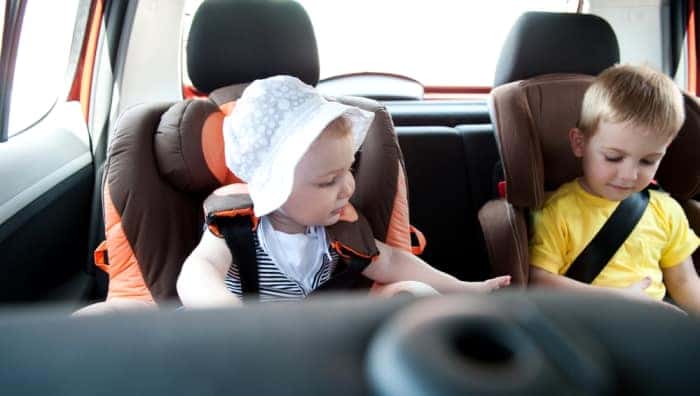
Wisconsin Car Seat Laws 2022 Current Laws Safety Resources For Parents Safe Convertible Car Seats

Car Seat Safety From The Florence County Health Department
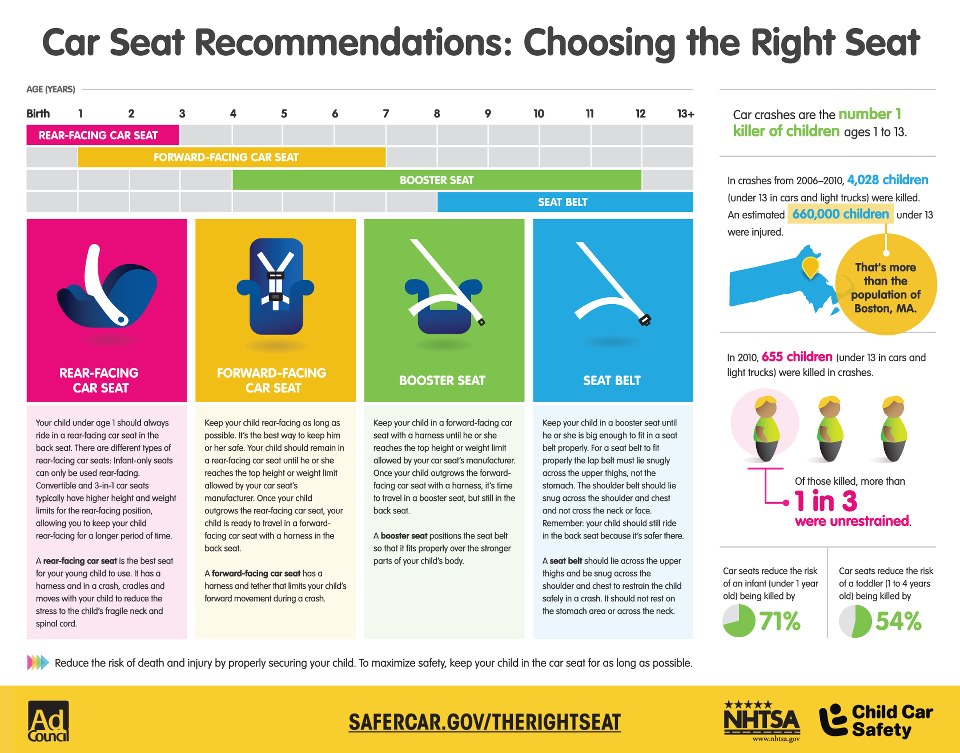
Child Safety Seats Harris County Texas Sheriff S Office

Dmv Child Safety Seat Laws On Sale 59 Off Www Ingeniovirtual Com

California Car Seat Laws 2022 Current Laws Safety Resources For Parents Safe Convertible Car Seats
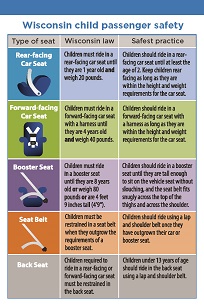
Child Passenger Safety Resources Materials
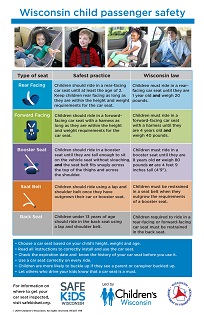
Child Passenger Safety Resources Materials

Minnesota Car Seat Laws Are Important To Know For Any Person Living Or Driving Through Minnesota Using A Car Seat Car Seats Child Safety Seat Child Car Seat

Wi Carseat Guidelines Car Seats Child Passenger Safety Car Seat Guidelines

Dmv Child Safety Seat Laws On Sale 59 Off Www Ingeniovirtual Com
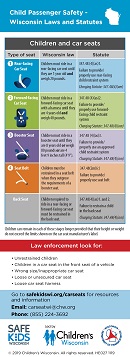
Child Passenger Safety Resources Materials

Wisconsin Car Seat Laws Child Safety Requirements

Nationwide Car Seat Laws Everything You Needed To Know

Dmv Child Safety Seat Laws On Sale 59 Off Www Ingeniovirtual Com